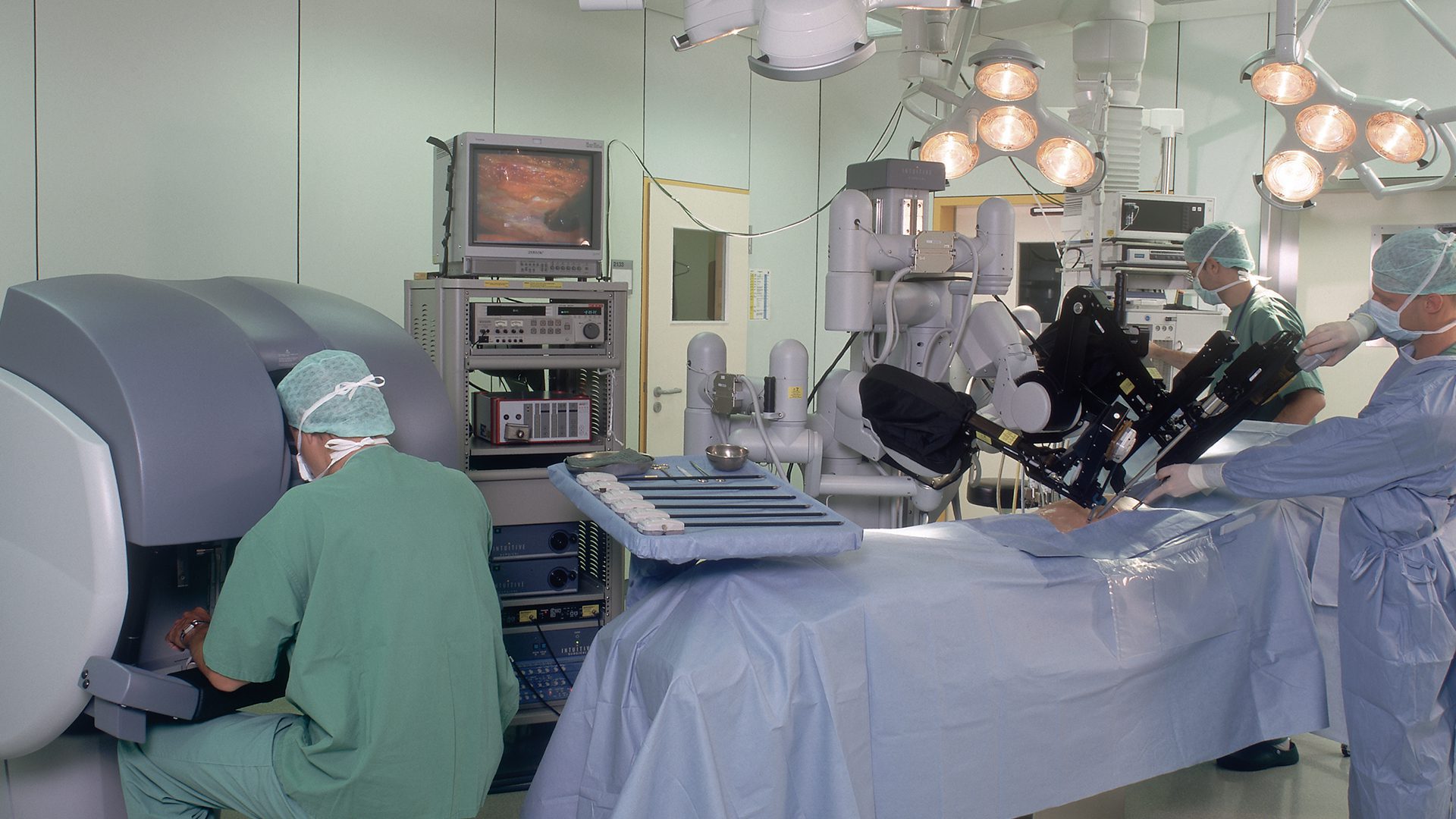Author: SRI International
-

Measuring R&D knowledge diffusion through large databases
Combining SRI International’s expertise in machine learning and science policy to answer hard questions
-

Building a new generation of leaders to bridge the growing gap in the energy engineering workforce
Creating a technology talent pipeline with better measurement of energy engineering statistics
-

Fulfilling the need for speed
Can state of the art AI technology and a team of world-class Silicon Valley engineers beat one of the best motorcycle racers in the world?
-

Automating chemical drug discovery and synthesis
SRI International’s continuous flow SynFini™ Suite produced multiple nucleoside antivirals in a single day.
-

Intracellular delivery—now a reality for many types of therapeutics
Unlocking the therapeutic potential of antisense oglionucleotides and other biologics.
-

The man, the myth, the legend: Meet Shakey the robot, the world’s first AI-based robot
How a giant box on wheels sparked the robotic revolution.
-

A modern approach to building inspections
Using augmented reality and mobile technology to reduce construction overhead.
-

From the home front to the battlefield, providing access to lifesaving care
Developing robotic surgery technology that delivers emergency medical care, anywhere on the globe.



